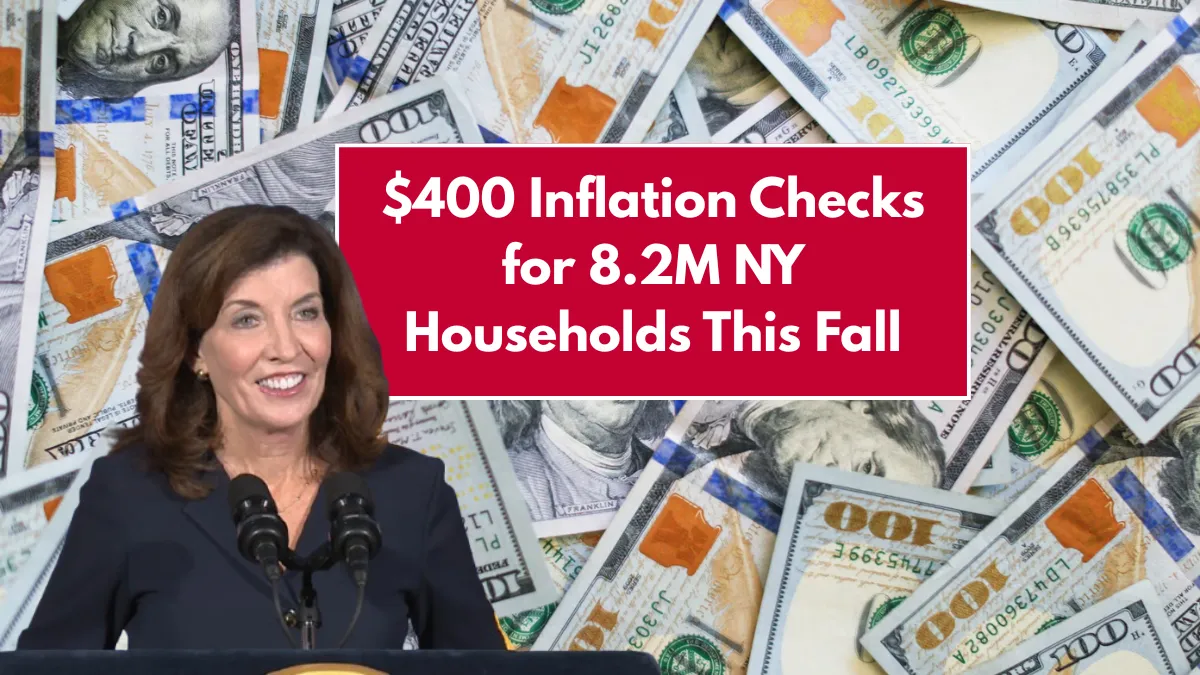For the first time ever, the average Social Security payment for retirees has exceeded $2,000, marking a milestone in monthly benefits for millions of Americans.
Why This Milestone Is Important
Roughly 57 million Americans rely on Social Security retirement checks to support their finances during their non-working years. These payments are a lifeline for many older adults, helping cover everyday living expenses.
May 2025 Data Shows Historic Rise
According to the latest figures from the Social Security Administration (SSA), the average payment for retired workers reached $2,002.39 in May 2025. This is the first time the average benefit has crossed the $2,000 threshold. In comparison, April’s average was $1,999.97. The increase is part of a steady rise in payments seen throughout the year.
An SSA representative explained that benefit amounts are influenced by a retiree’s top 35 years of earnings. Since wages generally increase over time, newer retirees often receive higher benefits, contributing to the monthly average growth.
In addition to retirement benefits, the SSA also administers Supplemental Security Income (SSI), which aids individuals who are blind or have disabilities. As of May, the average SSI payment was $718.30, serving about 7.4 million recipients.
How Your Earnings Affect Your Benefits
Although the average payment now exceeds $2,000, actual amounts vary based on each person’s earnings history. Retiring at the full retirement age of 67 in 2025 can yield a maximum benefit of $4,018 per month. Those choosing early retirement at age 62 may receive up to $2,831, while waiting until age 70 could result in payments as high as $5,108.
Outlook for 2026: More Increases Expected
Social Security benefits are adjusted annually to keep up with inflation, through a mechanism called the Cost-of-Living Adjustment (COLA). Introduced in 1975, COLA helps maintain the value of benefits by tracking inflation using the Consumer Price Index for Urban Wage Earners and Clerical Workers (CPI-W).
This index, compiled by the Bureau of Labor Statistics, reflects price changes in about 80,000 goods and services, offering a broad view of consumer inflation. In 2024, Social Security checks were increased by 3.2 percent, while 2023 saw a historic jump of 8.7 percent, largely in response to pandemic-driven inflation.
Current projections suggest a 2.5 percent increase for 2026 benefits, mirroring the 2025 adjustment. The official COLA for 2026 will be announced by the SSA in October.
Growing Concern Over Real Inflation Impact
Shannon Benton, executive director of The Senior Citizens League, commented on the upcoming adjustment, emphasizing that many older Americans feel a disconnect between official inflation figures and their real-life expenses. She noted that while government data might show modest inflation, seniors are often already experiencing financial pressure.
As wage growth and cost-of-living changes continue to evolve, another increase in the average benefit amount is expected when June 2025 data is released.
FAQs
1. Will Social Security checks continue to increase in 2025?
Yes, based on current trends and wage growth, average benefit amounts are likely to keep rising each month throughout 2025.
2. How does the SSA calculate my Social Security benefit?
Benefits are based on your highest 35 years of earnings, adjusted for inflation, and the age at which you claim your retirement.
3. When will the 2026 COLA be announced?
The Social Security Administration will release the official COLA for 2026 in October 2025.
4. Why do some people receive more than $2,000 a month?
The exact amount depends on individual earnings history, work longevity, and the age at which benefits begin. Higher earners and those who delay retirement can receive significantly more.
Robby is a dedicated finance blog writer with a talent for breaking down financial concepts into clear, actionable advice. He covers everything from debt management and credit tips to investing and retirement planning, helping readers make confident money decisions. Robby's goal is to educate and inspire others to build lasting financial health.





